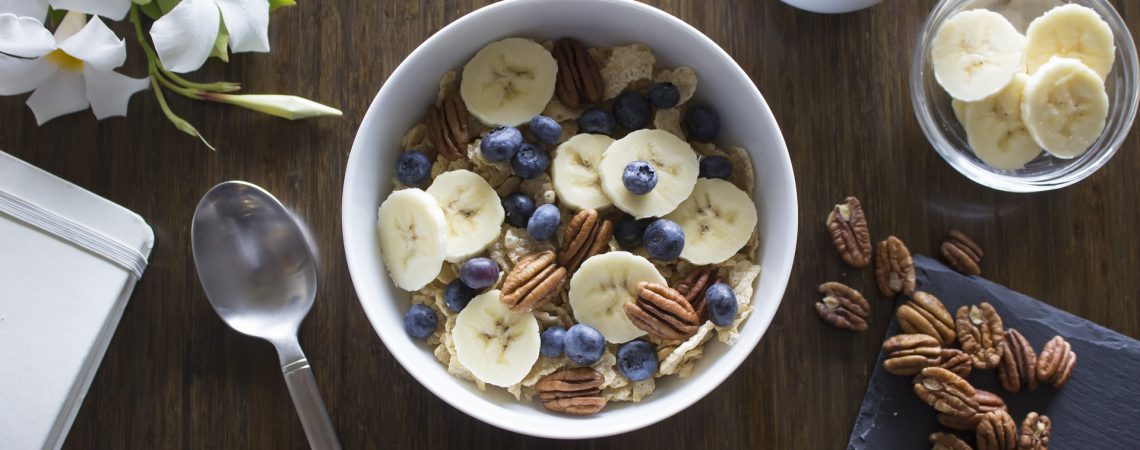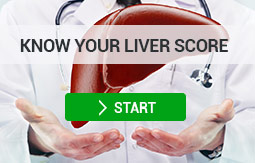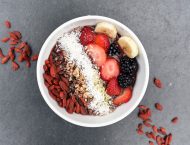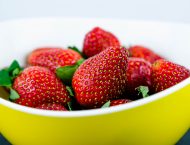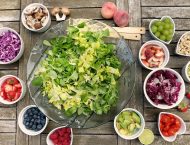What’s in this article?
- What is a cardiac diet?
- When should you eat a cardiac diet?
- What to limit on a cardiac diet: cholesterol
- What to limit on a cardiac diet: trans-fats and saturated fats
- What to limit on a cardiac diet: sodium
- What foods can you eat on a cardiac diet?
A cardiac diet, also known as a “heart-healthy diet,” can keep more than your heart health ─ it can also prevent liver disease and improve your liver health. A cardiac diet includes lots of nutrient-rich foods, including whole grains, lean poultry, and fish, as well as vegetables and fruits. Read our article to learn about what to limit on a cardiac diet, delicious cardiac diet meals, and to decide whether a cardiac diet is the right choice for you.
What is a cardiac diet?
A cardiac diet is a diet low in cholesterol, saturated fat, trans fats and sodium. On the cardiac diet, cholesterol is reduced to 300 milligrams or less per day, fat is reduced to 25% to 30% of your total daily calorie intake, with 7% from saturated fat and less than 1% from trans fats, and sodium is recused to less than 2,000 milligrams.
When should you eat a cardiac diet?
A cardiac diet can benefit most people’s health, but it’s especially recommended for those who have high cholesterol or heart disease.
What to limit on a cardiac diet: cholesterol
There are two types of cholesterol: dietary cholesterol, which comes from the food you eat, and serum cholesterol, which your body naturally produces. When you consume too much dietary cholesterol, your serum cholesterol can increase, leading to liver disease and causing clogged arteries and heart disease. Dietary cholesterol is found in animal products like bacon, eggs, liver, red meat and cheese, as well as other foods, like fast food and pastries.
What to limit on a cardiac diet: trans-fats and saturated fats
Trans fats are made when hydrogen is added to vegetable oil to create a particular texture or lengthen the expiry date of a food product. This is the unhealthiest type of fat and can be found in meat, dairy and artificial foods like margarine, coffee creamers and frozen pizza. Saturated fat often comes from animal products, such as whole fat milk and meats and cheeses high in fat. This type of fat can also be found in coconut and palm oils. Both types of fat raise bad cholesterol, contribute to heart disease and fatty liver disease.
What to limit on a cardiac diet: sodium
Sodium and salt are often confused as the same thing. Salt is a mixture, crystal-like in appearance, used to flavor and preserve food, while sodium is a mineral found in salt. High sodium foods include: canned, cured, salted or smoked meat or fish like cold cuts and sardines, frozen dinners and breaded meats like pizza and burritos, prepackaged food mixes like pasta and potatoes, canned foods like vegetables, cheese, and salted nuts.
Too much sodium causes your body to hold on to water, causing your heart and blood vessels to work harder. This can raise your blood pressure, increasing your risk of stroke and heart disease. Too much sodium can also lower rates of liver cell division, misshape liver cells and increase rates of liver cell death, which can lead to liver fibrosis, an excessive buildup of scar tissue in the liver.
What foods can you eat on a cardiac diet?
There is a wide range of healthy cardiac diet foods to choose from. If you’re not sure about the nutritional content of your food, check food labels at grocery stores, and when eating out, ask a restaurant manager. Cooking at home can help you to control how much cholesterol, fats and sodium you’re putting into your food. When seasoning your dishes, substitute salt for herbs and spices like black pepper, cilantro, and chili.
Livestrong recommends cooked oatmeal and fresh fruit for breakfast, whole grain bread with low sodium luncheon meat, lettuce and tomato for lunch, and skinless poultry or fish with brown rice and steamed vegetables for dinner. For a nutritious cardiac diet snack, try fresh vegetables and hummus. Check out more healthy recipes here.
Learn about how to keep your heart and your liver healthy by watching this short video.
References
ctvnews.ca
heartuk.org.uk
fda.gov
ucsfhealth.org
heart.org
healthyforgood.heart.org
healthyforgood.heart.org
thespruce.com
medicalnewstoday.com

 (442) 244-5115
(442) 244-5115
